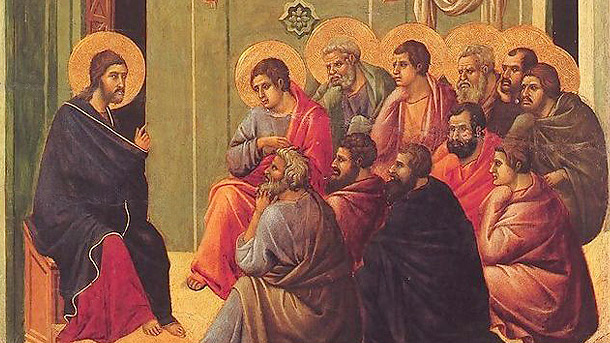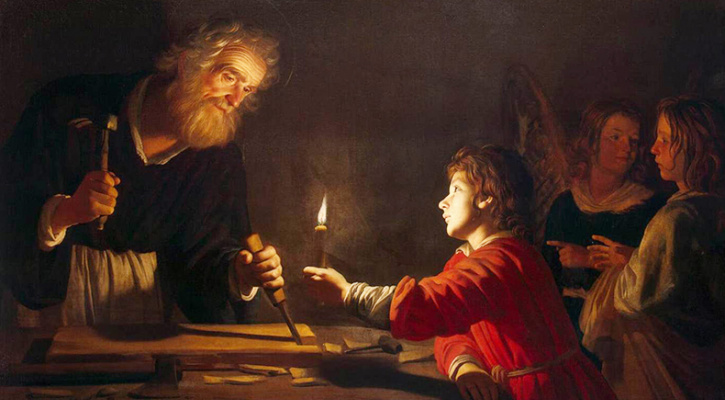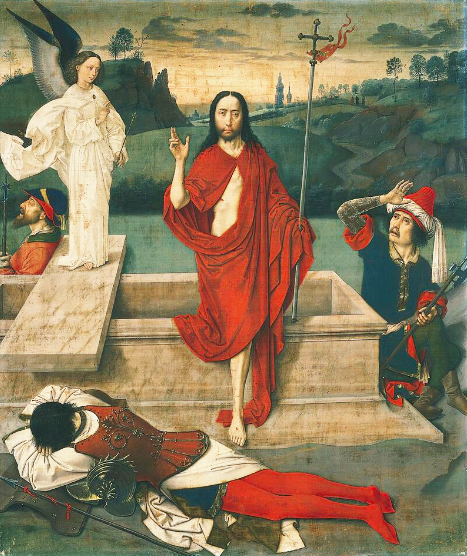The Fifth Sunday after Easter will be celebrated in a Solemn High Mass in the traditional Latin form at St. Stanislaus Church, State Street at Eld Street, in New Haven on Sunday, May 22, at 2:00 pm. The celebrant will be The Reverend Richard G. Cipolla, Pastor Emeritus of St. Mary’s Church, Norwalk; the Deacon will be The Reverend Peter Lenox, Director of Liturgy, the Diocese of Bridgeport; and the Subdeacon will be Mr. James Onofrio.
The proper texts of the liturgy for this Sunday’s Mass continue to sing of Christ’s victory and of the salvation of Christian people whom He has redeemed. During the Rogation Days that follow, the Church exhorts us to pray in “His name” and ask for what is necessary for us, salvation first and foremost; these prayers will unfailingly be granted us “that our joy may be full.”
We must ask, too, that we may be worthy to enter with Him into His Father’s kingdom, while acknowledging that prayer that is sincere implies generosity: St. Jame’s Epistle reminds us that it is not enough merely to pray; we must also be “doers of the Word.”
Music for the service, sung by the Schola Cantorum of The Saint Gregory Society, will include the Gregorian Mass Ordinary for Eastertide (Vatican Edition I: “Lux et origo,”) the antiphon “Regina caeli laetare,” the hymn “Ad regias agni dapes,” the proper Gregorian chants, and organ music by J. S. Bach and Herbert Howells.





